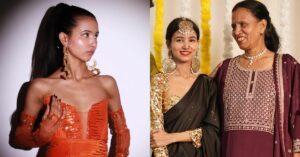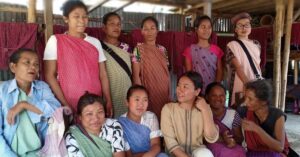‘Madras’ to Manhattan: How Desi Checks Became a Global Fashion Centuries Ago!
Did you know the traditional vegetable-dyed plaid 'lungi' of the fishermen in Tamil Nadu first came to global attention over 800 years ago?
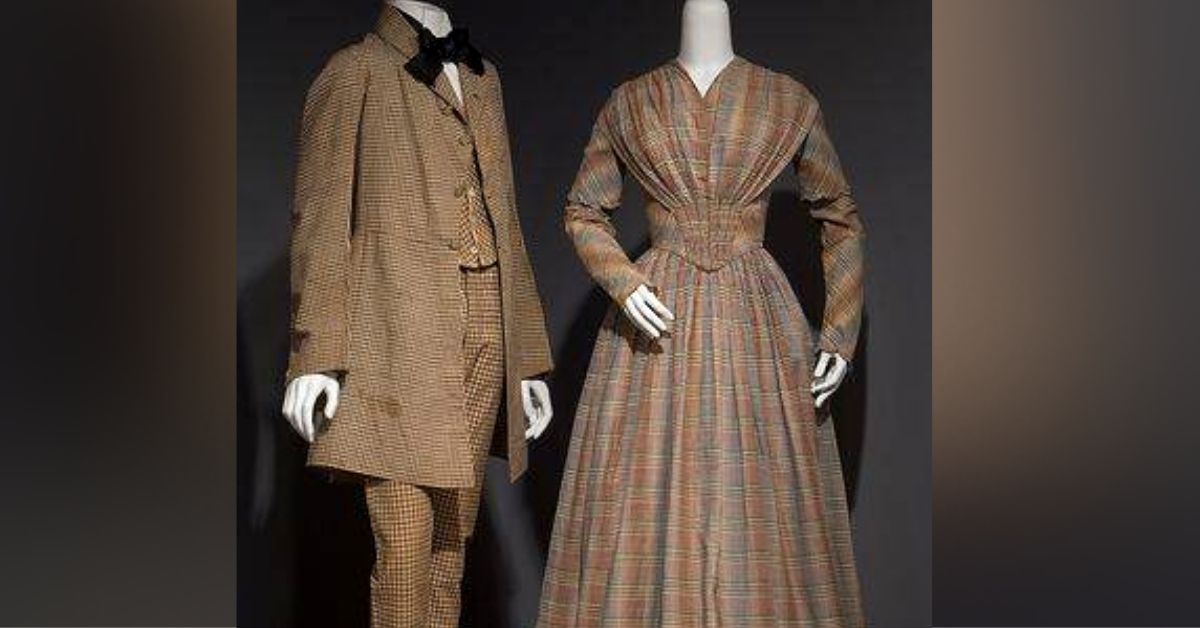
International trade, some dark chapters in history and the booming fashion industry were all instrumental in taking the humble striped pattern of fabric from the ancient fishing town of Madrasapattinam (Madras, which is now Chennai) to world-renowned fashion shows. The Madras check has played many roles in its journey from being the dailywear of fishermen and paddy farmers to the preferred attire of the vacationing, affluent Americans and finally, the icons of high-end clothing brands.
Believed to be one of the first signs of colonisation, the Madras checks were typical of the South Indian field-worker before the 1200s. The hand-woven fabric was made from the “tip-skin” of native Tamil trees and the pattern used was not what you see today.
In the hot, and humid coastal areas of and around Chennai, a fine muslin cloth was cut into 36-inch squares and printed on with wooden blocks and vegetable dyes to add a pop of colour. These squares were then tied around the waist and worn as lungis.
Jaya Jaitly, the founder of Dastkari Haat Samiti, an organisation that deals with local crafts, told the DNA that it was mostly labourers, toddy tappers and farmers who wore the plaid lungis.
Since they were handwoven and vegetable-dyed, the checkered lungis were easy to make, and those engaged in physical labour wore it daily.
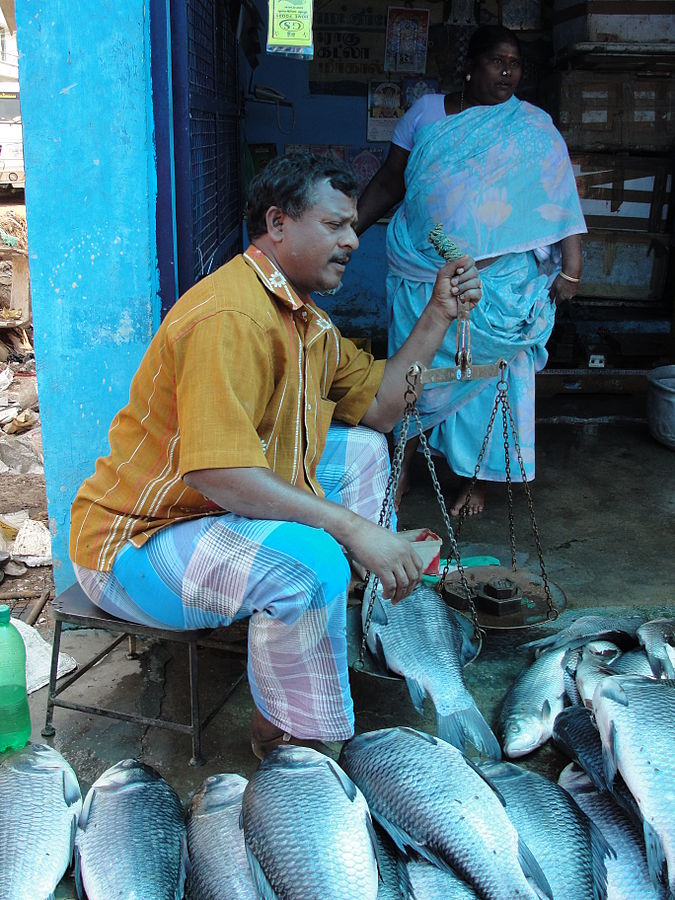
Of course, it was not with a sense of fashion or style that the plaids were designed, but in the coming centuries, after travelling to the Middle-East and Africa, the Madras plaid would make its presence felt in the global fashion trends!
By the early 13th century, the plaid lungi had travelled to the Middle-East and Africa, where it went from being bottom wear to becoming a headscarf. But it was the colonising Dutch who would begin the export and mass production of the Madras checks which became the catalyst for its spread across the globe. When the Dutch reached the shores of Madrasapattinam in 1612, they started trading the calico cloth (named after the cotton acquired from Calicut).
Barely 14 years later, the British followed.
Francis Day, who was leading the Tamil Nadu expedition of the East India Company discovered this muslin cloth printed in vegetable dye. He saw an opportunity to trade it overseas and obtained a license permitting the trade of the Madras checks on the 22 August, 1639 which was then taken to African countries like Nigeria where Madras lungis became ‘Injiri’- real India. Although the imposition of British trade was exploitative of its colonies, Injiri became the Nigerians’ ‘connection’ to their ancestors, the spirit world and ‘their commitment to a life well-lived.’
Soon, Injiri became their ceremonial dress, the gift they gave to newborns and the cloth that decorated the room of deceased relatives.
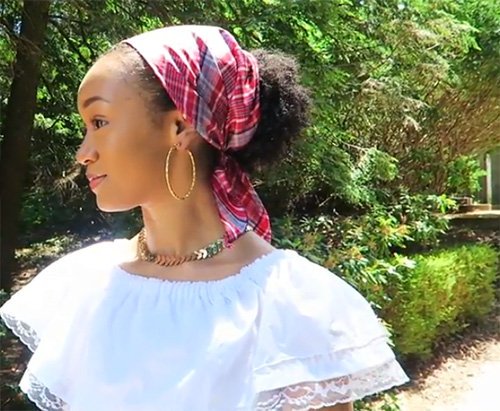
Another account also says that it was the Scottish, the ‘peacemakers’ between Indians and the colonisers, who influenced the Madras checks. However, the pattern had been typical of the South Indian fisherman centuries before the British arrived with several accounts disproving the theory.
As the tide of imperialism turned, the colonisers left their colonies but small and big stories remained of the travels of the Madras checks. In 1958, for example, William Jacobson, an American textile importer, had travelled to India in search of this fabric. By then, the cloth had lost its suffix and was known around the globe simply as ‘Madras’.
Jacobson found Leela Lace Holdings Pvt Ltd, a firm that produced a vivid version of the pattern that smelled exceptionally of the vegetable dyes and sesame oil it was made from. Impressed by the ‘exotic’ feel of the cloth, he sold it to the renowned Brooks Brothers. The founder of Leela Lace had warned Jacobson that the machine washing habit of the Americans would not work on Madras and that the dyes will bleed. Jacobson ignored this warning until Brook Brothers had to complain to his agent about the bleeding 10,000 yards that were sold across the USA.
You may also like: When the Beatles Wore the Nehru Jacket & Spread the Fashion ‘Across the Universe’!
“Instead of fighting each other, they came up with [a] solution that was sheer marketing genius! One of the attorneys arranged an interview for Mr Nair with the editor of Seventeen Magazine in which he created a story about this miracle Madras —fabric from India that was exclusively made for Brooks Brothers in New York. In the following issue, the editor ran a seven-page article about fabric titled “Bleeding Madras — the miracle handwoven fabric from India.”
“And since pictures say more than 1,000 words, they added beautiful photographs with the caption “guaranteed to bleed,” wrote Sven Raphael Schneider, the Editor-in-chief of the Gentleman’s Gazette.
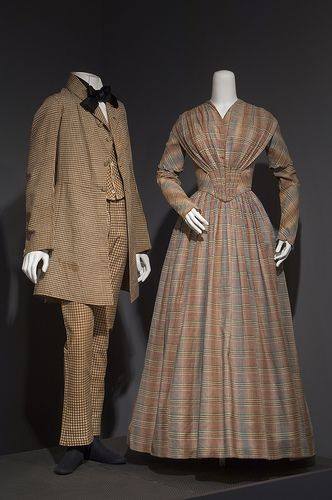
This exotic and novel concept had appealed to the rich and affluent American much like Jacobson. And the bright colours, typical of the Madras, became the preferred choice for their vacations. Through the late 1900s and the early 2000s, the Madras made its appearance on ramp walks, on men’s and women’s fashion magazines and in the wardrobes of influencers. Of course, it has gone through changes over the centuries, from a handmade, vegetable-dyed lungi to a machine-produced suit, but the essence remains true of the Indian field worker.
Some argue that we were just waiting for ‘white acceptance’ to appreciate the pattern but a cloth that has travelled across the seas and oceans cannot be reduced to a mere fashion statement. Its history is as rich as the fabric in terms of travel, trade, fashion and culture.
(Edited by Saiqua Sultan)
Like this story? Or have something to share? Write to us: [email protected], or connect with us on Facebook and Twitter.
This story made me
- 97
- 121
- 89
- 167
Tell Us More
We bring stories straight from the heart of India, to inspire millions and create a wave of impact. Our positive movement is growing bigger everyday, and we would love for you to join it.
Please contribute whatever you can, every little penny helps our team in bringing you more stories that support dreams and spread hope.






